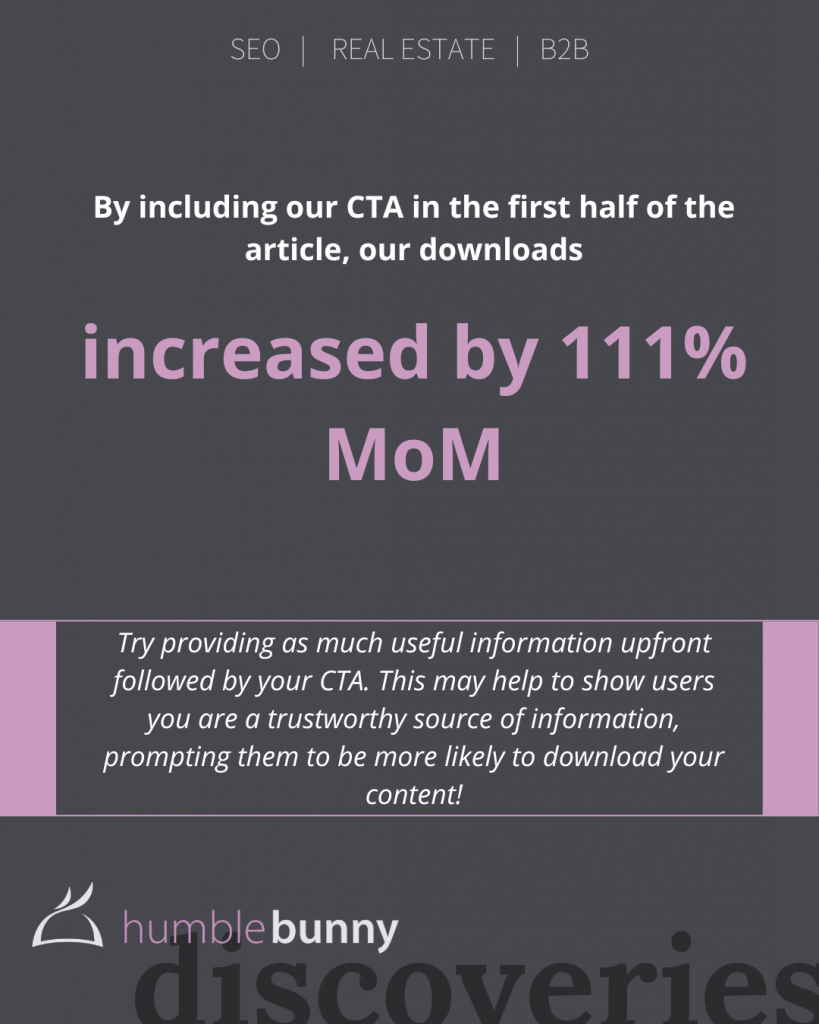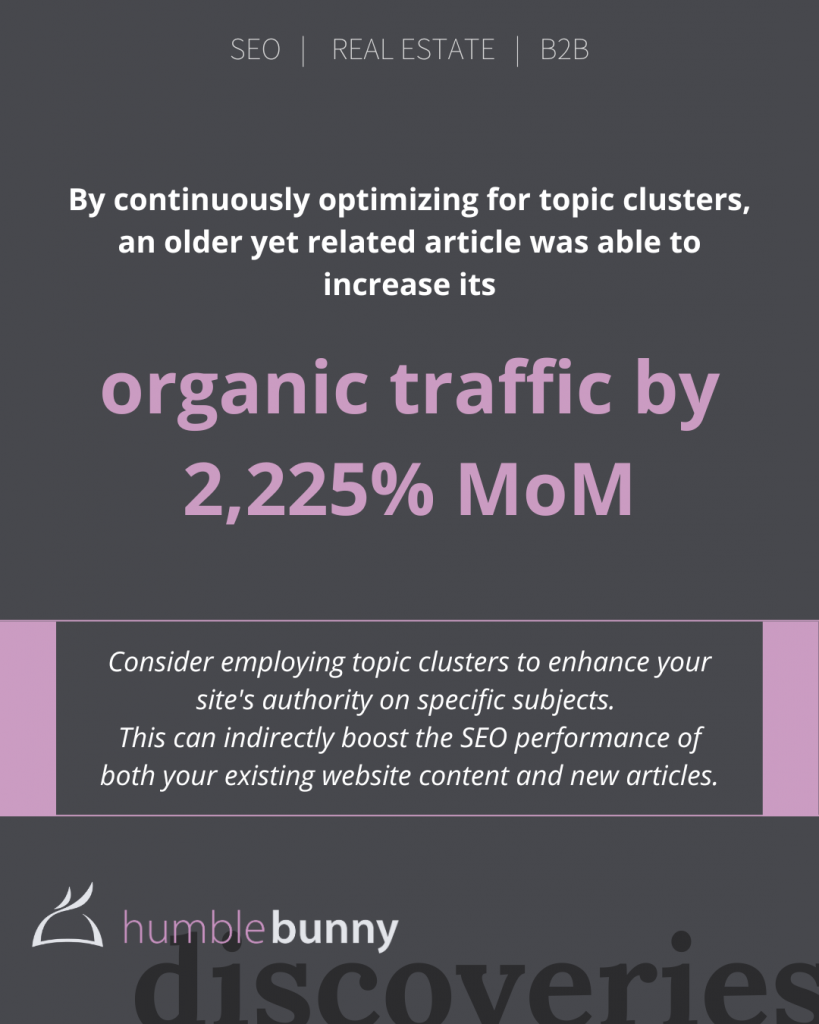Although Yahoo! has historically been the most popular internet service provider in Japan, Google now dominates the Japanese search engine market at 73% market share—just as it does in most countries around the world.
Yet, cultural nuances, language intricacies, user behaviour, and local preferences still contribute to a significant level of distinction between the way search engines work in Japan and other markets such as the United States.
Table of Contents
Japan’s Search Engine Market Overview
Google’s global dominance and continuous efforts to provide localized content have helped it to increase popularity among Japanese users. However, it’s important to consider why Yahoo! reigned supreme for so many years as the most-used search engine in the country.
Reasons for this included extensive localization efforts, services tailored to the Japanese market, increased weighting towards pages with relevance for local browsers, user interfaces that match local preferences, and comprehensive Japanese-language support (once far superior to the level of Japanese support offered by Google).
Yahoo has also integrated its search engine with a wide range of other popular services in the country, such as email, shopping, news, music, weather, shopping, finance, and more, making it convenient for users to access multiple services within the Yahoo! Japan ecosystem.
Finally, trust and brand loyalty are especially strong determining factors for success in the Japanese market and Yahoo’s longstanding presence contributed to a strong base of loyal users.
| Search Engine | Market Share |
| 73.08% | |
| Yahoo! | 22.61% |
| Bing | 3.89% |
| DuckDuckGo | 0.10% |
| Ecosia.org | 0.02% |
Source: SimilarWeb
Google vs. Yahoo! Search Engines

Google and Yahoo Japan differ in terms of overall design and layout. Each search engine has its own distinctive visual style and organization, although they both aim to provide a user-friendly experience.
For instance, Google’s homepage emphasizes simplicity and efficiency, providing uncluttered access to search results. In contrast, Yahoo’s homepage features multiple feeds, navigational menus, information snippets and featured pages.
Sports results for Japanese baseball teams, local weather reports, celebrity news and more are all regular installments, illustrating the platform’s efforts to focus heavily on localized content and services that are popular among its audience.
Google has become increasingly intelligent when it comes to offering localized content, but its overall approach still favors global consistency in terms of design and user interface.
How Do Japanese Search Results Differ?
Search results always differ from country to country. Japanese users tend to favor localized content, such as location-based search results, Japanese language content (not just machine-translated web pages), and culturally relevant information.
Pages that incorporate Japanese aesthetics and which focus on answering the queries of local users are always likely to perform better—gaining trust and engagement more effectively—whether you’re using Yahoo or Google.
Both Google and Yahoo’s search algorithms offer weighting to local factors, such as local search traffic, user reviews, and local relevance. Understanding these unique ranking factors is crucial for achieving higher visibility in Japanese search engine results pages (SERPs).
Japan is renowned for its mobile-centric culture with many citizens in the nation’s busy urban centers like Tokyo and Osaka accessing the internet with their phones on-the-go. Mobile devices are therefore ubiquitous, and mobile search usage far exceeds desktop search.
This preference for mobile search impacts website design, user experience, and search engine optimization (SEO) strategies. Mobile optimization and responsive design are essential considerations for businesses engaged in SEO and targeting the Japanese market.
Japanese Web Design vs. Western Web Design
Some criticize traditional Japanese web design for featuring too much information squeezed into a small space, yet, Japanese users have a much higher tolerance for pages that feature more text-based information and technical data.
Many have also commented on the role that text information plays in building trust between users and brands/businesses and how providing too little information can potentially have a negative impact on UX, with pages appearing too “vague” or even “unfinished”.
This difference is at the heart of why Western and traditional Japanese websites can look so different. It is also what makes it so difficult for some brands to unify web design across both markets and should be considered carefully when building websites for Japanese users.
Something as simple as colour can also play a huge role in how Japanese audiences interact with your brand across digital touch points. For instance, we found that when we advised one of our clients, DailyFX, to rethink their brand guidelines for the local market and introduce a more casual and colorful design approach, they saw an increase Instagram followers by 30% MoM, as well as an increase engagement rate by 16.3% MoM.
Tips for SEO and SEM On Japanese Search Engines

The Japanese search engine market is a fascinating landscape shaped by cultural nuances, language intricacies, and unique user behavior. Businesses seeking better visibility, engagement and growth in this market must adapt their strategies to better embrace localization, increase cultural relevance, and optimize for mobile.
Ground Your Approach in Japanese Keywords
Keyword research is at the core of effective SEO. Whether you’re writing blog content or producing web pages, it’s crucial to work with Japanese-first keywords relevant to your sector or topic of interest. This doesn’t mean English keywords that are translated to Japanese!
Slang, colloquial terms and generation-specific vocabulary play an important role in the way people make searches in Japan.
If you’re not familiar with the Japanese language or don’t have native Japanese speakers on your team, consider working with local partners who can discover accurate and locally relevant search terms for you.
HB Pro Tip: Incorporate local keywords in your website content, meta tags, headings, and image alt tags. Focus on long-tail keywords that include your target location and create location-specific landing pages or blog posts that address local topics, events, or news.
Incorporate Kanji, Hiragana, and Katakana
Japanese consists of different writing systems. When conducting keyword research, consider the role of kanji characters, hiragana, and katakana. Pay attention to the correct usage and meanings of each writing system to refine your search results.
Adapt Your Approach for Popular Japanese Search Engines
While Google is widely used in Japan, explore local search engines like Yahoo! Japan and Bing. These platforms may have unique features and algorithms tailored to the Japanese market, potentially providing different search results.
It may be the case that your target audience is more likely to use one platform over another and therefore your content should be optimized for the ranking factors of this search engine.
Prioritize Mobile Optimization
Optimizing your SEO strategy for mobile devices is crucial. A mobile-friendly interface and a smoother browsing experience will support your page rankings.
This includes everything from mobile-friendly layouts and simple navigation to compressing images and using a responsive design approach, where your web pages automatically adapt to different screen sizes and orientations.
Local Link Building
Build high-quality backlinks from reputable local websites and directories. You may have an impressive network of links to your pages already, but it’s also important to look for local link-building opportunities, collaborations with local businesses, or guest blogging on local websites to increase your local relevance.
Incorporate Infographics
Infographics are great at enhancing user engagement, contributing to link-building through increased sharing, and providing a visually appealing and shareable format that can improve a website’s authority and visibility on search engines in Japan.
For instance, uploading infographics to one of our older SEO articles on the Humble Bunny blog, without any other major change in the text of the article itself, yielded a 90.3% increase in sessions.
Leverage Popular Social Media Platforms
Japanese social media platforms like LINE, Twitter, and Instagram can be effective tools when trying to learn more about your audience. Explore these platforms to engage in social listening and to better understand trending topics and gather insights from Japanese users.
Discover Japanese Social Media Landscape
SEO and SEM for the Japanese Market

Simply translating your search ads or SEO content into Japanese from English can present several problems. Instead, we suggest developing content that is 100% optimized for the local audience.
This generally requires you to create content from scratch using a brand new batch of keywords that will form the basis of all your SEO content and search ads for Google, Yahoo! and other popular search engines in Japan.
Understanding the preferences and behaviors of the local audience, focusing on localization, and considering how ranking factors may differ between platforms can significantly impact the success of your strategy.
Steal Our Best Ideas
Actionable insights straight from our data
Here are a couple quick discoveries we’ve pulled from the data of our latest projects. Why? To help you make the changes you need to gain traction in the Japanese market! As an agency, we are always digging deeper and searching for those little yet significant tweaks that will push our clients to the next level of success. If you need a partner to help you identify and implement changes like these on a monthly basis, let us know!



